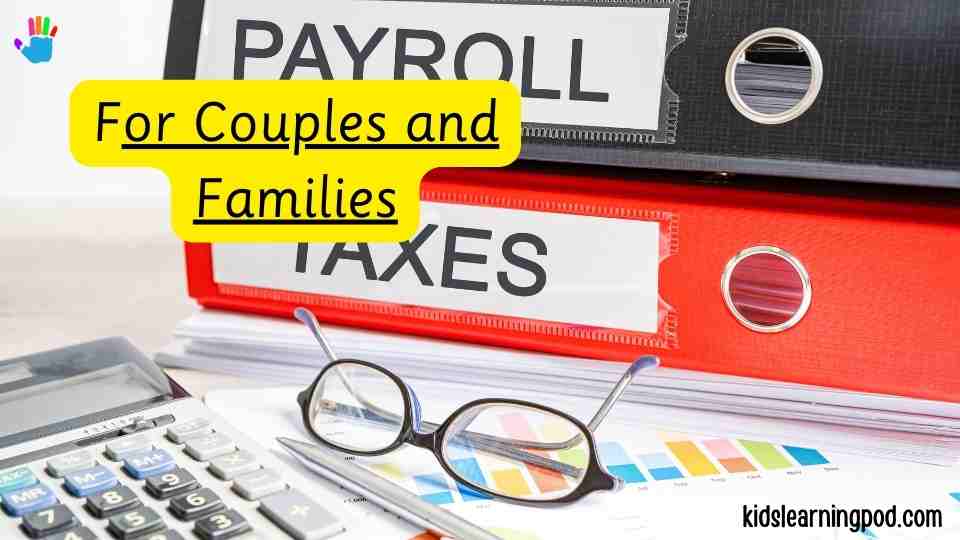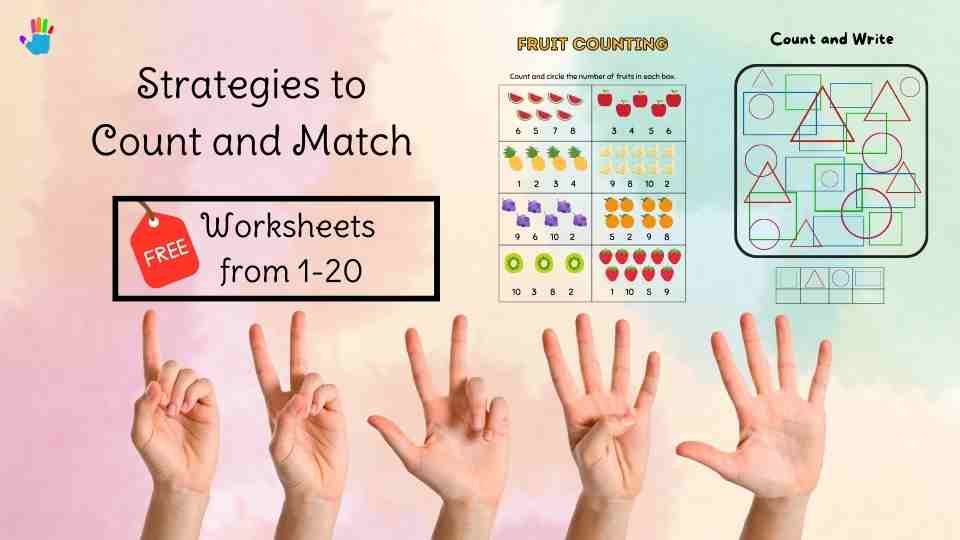7 Simple Steps to Manage Your Budget
Managing your personal or business finances is much easier with a structured approach, and an income and expense worksheet is a powerful tool to help you do just that. This guide will walk you through how to create and use an income and expense worksheet effectively, so you can gain full control of your budget. Whether you’re looking to save money, track expenses, or plan for future financial goals, this method will help you stay organized and on track.
What Is an Income and Expense Worksheet?
An income and expense worksheet is a tool that helps individuals or businesses track their earnings and expenses over a set period of time. It provides a clear overview of where money is coming from (income) and where it is going (expenses), allowing for better financial management and decision-making. This worksheet is particularly useful for creating a monthly or annual budget and ensuring that you stay within your financial means.
Why You Need an Income and Expense Worksheet for Personal Finances
Using an income and expense worksheet is essential for several reasons:
- It helps you monitor and control spending, ensuring that you don’t overspend in areas like dining out or entertainment.
- It provides a clear picture of your financial health by comparing income and expenses.
- It helps you identify areas where you can cut costs and save more.
- It makes it easier to plan for major financial goals, such as buying a home, going on a vacation, or saving for retirement.
Step-by-Step Guide to Creating an Income and Expense Worksheet
Creating an income and expense worksheet doesn’t have to be complicated. Follow these simple steps to create a comprehensive tool to manage your budget:
Step 1: Gather Your Financial Data
The first step in creating an income and expense worksheet is gathering all of your financial information. This includes your income sources (salary, freelance work, rental income, etc.) and a list of your fixed and variable expenses. This can include anything from rent and utility bills to groceries and subscriptions. Make sure you have access to recent bank statements, pay stubs, and receipts.
Step 2: Choose a Worksheet Format
Next, decide whether you want to create a digital worksheet using tools like Excel or Google Sheets, or if you prefer a traditional paper-based system. Digital tools allow for easier adjustments and automatic calculations, while paper worksheets can be more accessible for those who prefer a hands-on approach.
Step 3: List Your Income
In the worksheet, begin by listing all sources of income. This could include your primary job, side hustles, rental income, and any other earnings. Make sure to include the frequency of each income stream (monthly, bi-weekly, etc.) to get an accurate picture of your total earnings.
Step 4: Track Fixed Expenses
Fixed expenses are regular payments that typically stay the same each month. This could include rent or mortgage payments, car payments, insurance premiums, and subscriptions. Recording these in your worksheet is crucial because they represent non-negotiable costs that you must cover each month.
Step 5: Track Variable Expenses
Variable expenses fluctuate each month and might include groceries, utilities, transportation, and entertainment. While these costs may vary, tracking them consistently can help you find opportunities to cut back. For example, if your grocery bill seems too high, you could explore cheaper alternatives or create a meal plan.
Step 6: Compare Income vs. Expenses
Now that you have listed all of your income and expenses, it’s time to compare the two. Subtract your total expenses from your total income. If you have a surplus, you can allocate the excess money toward savings or debt repayment. If you have a deficit, it’s time to revisit your expenses and identify areas where you can cut costs to balance your budget.
Step 7: Review and Adjust Monthly
An income and expense worksheet isn’t a one-time project. It’s important to review and adjust it regularly to reflect changes in your financial situation. If your income increases or you reduce a specific expense, make sure to update your worksheet. This regular review will keep you on track with your financial goals and help you adjust your budget as needed.
Using an Income and Expense Worksheet for Business Accounting
If you’re running a small business, an income and expense worksheet is equally important for keeping track of your company’s financial health. The process is similar to personal finances, but it focuses on business-related income (sales, investments, etc.) and expenses (payroll, office supplies, utilities).
Many small businesses use this tool to maintain cash flow and ensure profitability. Check out this guide on business accounting to learn more about how to use a worksheet for your company.

Tools and Software for Automating Your Income and Expense Worksheet
If manually updating your income and expense worksheet seems too time-consuming, several software solutions can automate the process. Popular tools include QuickBooks, Mint, and Excel. These programs sync with your bank accounts, categorize your transactions automatically, and provide insightful financial reports to help you make informed decisions.
The Benefits of Regularly Updating Your Income and Expense Worksheet
Consistently updating your worksheet ensures you always have an accurate snapshot of your finances. This is essential for managing your budget, tracking your spending habits, and identifying potential problem areas before they become significant issues. Regular updates also help you adjust your financial plan based on real-time data.
Common Mistakes to Avoid When Using an Income and Expense Worksheet
Although an income and expense worksheet is straightforward, it’s easy to make mistakes. Here are a few common errors to avoid:
- Forgetting to account for irregular expenses, like annual insurance payments or car repairs.
- Neglecting to track small but frequent purchases, such as coffee or snacks, which can add up quickly.
- Failing to update your worksheet regularly, leading to inaccurate data.

How an Income and Expense Worksheet Can Help You Save More Money
By using your worksheet to track every dollar that comes in and goes out, you can easily identify unnecessary spending and adjust your habits accordingly. For example, if you’re overspending on takeout, you can reduce these expenses by meal prepping at home. Over time, these small changes can result in significant savings.

Income and Expense Worksheets for Couples and Families
If you’re managing joint finances with a partner or tracking family expenses, an income and expense worksheet can help everyone stay on the same page. This tool provides transparency, ensures both partners are aware of financial goals, and makes it easier to work together toward a shared budget. Additionally, it’s a great way to teach children the value of budgeting and managing money responsibly.
Free Income and Expense Worksheet Templates You Can Download
Creating your own worksheet from scratch isn’t necessary—there are many free templates available online. These templates are designed to simplify the process and can be easily customized to fit your financial needs. Download free templates from sites like Vertex42 or Smartsheet.
Kindly Allow Pop ups to let the Download Begin!

Learn to make your own Income and Expense Worksheets
FAQs About Income and Expense Worksheets
What is the best format for an income and expense worksheet?
How often should I update my worksheet?
Is a digital worksheet better than a paper one?
Can I use an income and expense worksheet for both personal and business finances?
How long does it take to create an income and expense worksheet?
Can I automate my income and expense worksheet?
What should I do if my expenses are consistently higher than my income?
Is it possible to share an income and expense worksheet with others?
What is the income and expense sheet?
For personal finances, an income and expense sheet helps you stay within budget, pay off debt, or save for future goals. For businesses, it is essential for determining profitability and keeping track of cash flow. The sheet can be created using paper, spreadsheets like Excel or Google Sheets, or through specialized accounting software. Many templates are available online, simplifying the process for beginners who want to keep track of their finances without needing advanced financial knowledge.
What sheet shows income and expenses?
The most commonly used tool to create such a sheet is Excel, where income and expenses are inputted into rows and categorized into different segments. Many users also prefer automated tools such as accounting software like QuickBooks or Mint, which sync transactions directly from bank accounts and credit cards, providing a real-time view of income and expenses. These sheets can be customized to reflect specific periods, from daily tracking to annual reporting, ensuring comprehensive financial analysis.
How do you make an income and expense spreadsheet?
You can also use formulas within the spreadsheet to automatically calculate the totals for both income and expenses. A simple formula like “=SUM(B2)” will calculate the total income or expenses from rows B2 to B10, and a similar formula can be applied for other rows. This automated calculation ensures that your totals are always up-to-date and accurate. By regularly inputting your financial data, the spreadsheet will give you a clear snapshot of your financial health, helping you manage your budget more effectively.
How do you project income and expenses?
To project income and expenses accurately, you can use budgeting tools or spreadsheets that automatically calculate estimated totals for future periods. For example, businesses often rely on forecasting software to project their revenue and operational costs based on current contracts, market trends, and historical data. Projections help in setting realistic financial goals, such as saving targets or ensuring there is enough cash flow to meet upcoming obligations. Regularly updating these projections helps individuals and businesses stay on track with their financial plans.
What are income and expenses?
Expenses, on the other hand, refer to the money spent to cover living costs, business operations, or purchases. Expenses can be categorized as either fixed (like rent or mortgage, which stays constant each month) or variable (like groceries or entertainment, which fluctuate). For businesses, expenses also include operational costs such as employee salaries, utilities, and inventory purchases. Managing income and expenses wisely is crucial for maintaining financial stability and ensuring that your income exceeds your expenses over time.
What is income & expense summary?
In most cases, an income and expense summary is generated monthly, quarterly, or annually, depending on how frequently you want to review your finances. For businesses, the summary may also be part of broader financial reporting, helping stakeholders understand the overall financial health of the organization. Individuals use this tool to assess whether they are on track with their budgeting goals or need to make adjustments to either their income streams or spending habits.
How to calculate revenues?
For individuals, revenue can include salary, freelance income, investment returns, or rental income. In this case, calculating revenue is as simple as adding together all income sources. This calculation gives you a clear understanding of your total earnings before taxes and expenses are considered. Revenue is a key financial metric, as it forms the basis for budgeting, saving, and planning future investments or expenses.
What is an expense worksheet?
This document can be created in Excel, Google Sheets, or specialized accounting software, and many free templates are available online for those who prefer to start with a pre-built structure. By regularly updating the expense worksheet with accurate data, it becomes an invaluable tool for monitoring spending, identifying areas to cut costs, and ensuring that expenses do not exceed income over the long term.
How to calculate net income?
For businesses, calculating net income is essential for understanding profitability. It is determined by subtracting all expenses, including operating costs, taxes, and interest payments, from total revenues. The result is a clear indication of the company’s financial health. Positive net income means a business is profitable, while negative net income suggests a loss, prompting the need for budget cuts or revenue growth strategies.
How to calculate expenses and income?
For expenses, gather all receipts, bank statements, and bills. List out fixed expenses like rent, insurance, and loan payments, as well as variable expenses like groceries, dining out, and entertainment. Sum these amounts to get your total expenses. Once both income and expenses are calculated, you can subtract expenses from income to determine if you are living within your means or spending more than you earn.
Conclusion
By using an income and expense worksheet, you take the guesswork out of managing your finances. Whether you’re creating one for personal use or for your business, it’s a valuable tool that can help you monitor income, track expenses, and achieve your financial goals. Start simple, update regularly, and watch as your financial health improves over time.





